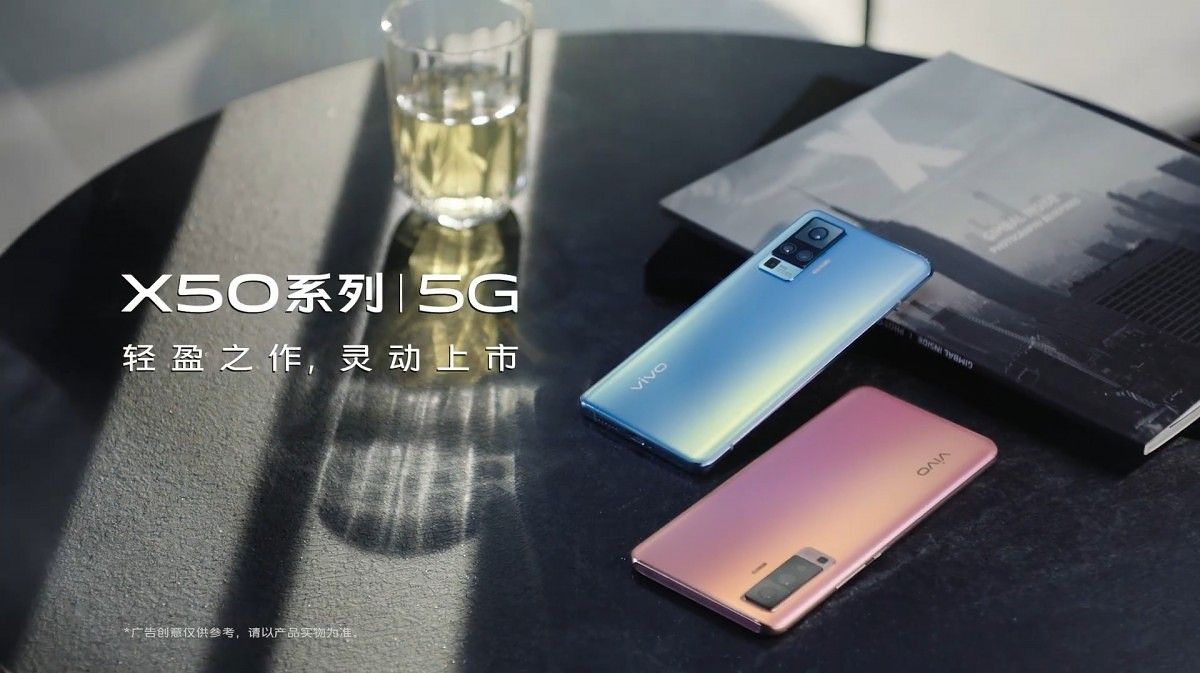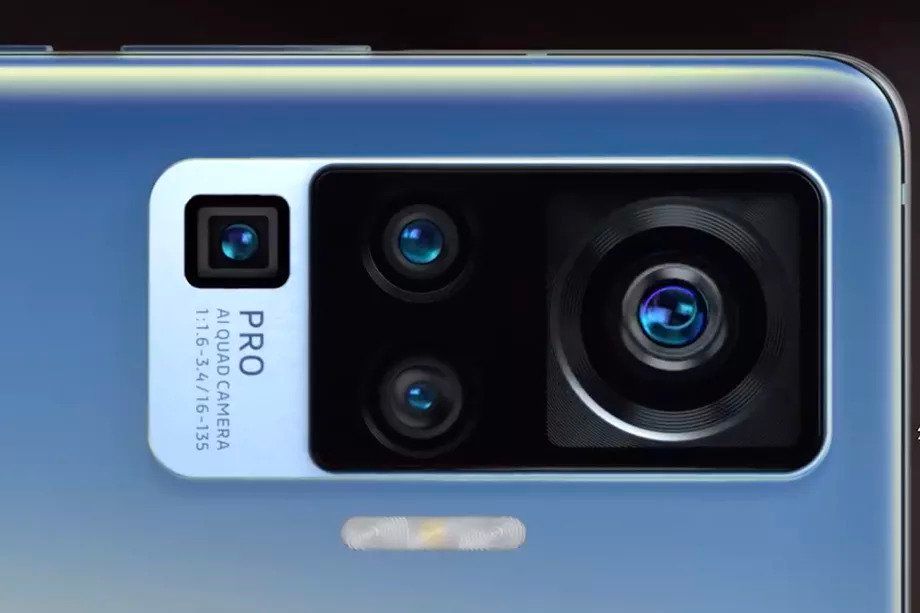Remember the Vivo APEX 2020? It's Vivo's 2020 concept phone, succeeding the original Vivo APEX and the APEX 2019. The APEX 2020 was supposed to be shown off during MWC 2020, but because of the cancellation of the event, it was doomed to be a footnote in history despite its impressive list of specifications. One of its interesting features was that it had gimbal-like stabilization on a 48MP primary camera. It was said to be 200% more effective than typical OIS, thus enabling longer low light image exposures and smoother video. The APEX 2020, being a concept phone, was not designed to be released publicly for the mass market. But the gimbal-style stabilization was likely going to end up on a commercial phone. For the last few days, Vivo has been teasing the launch of its new upper mid-range cum flagship phone, the Vivo X50 Pro. Not much is known about its specifications yet, but it is indicated that it slots in above the Vivo X30 series and below the Vivo NEX 3S in the company's phone portfolio. A new set of official video teasers has shown off the camera module.
The camera module of the X50 Pro includes a periscope telephoto camera (like the Galaxy S20 Ultra, Huawei P40 Pro, and the OPPO Find X2 Pro), two normal-looking camera lenses (most likely an ultra-wide-angle camera and a normal telephoto or portrait lens), and a much larger module that is the primary camera. The lens actually rotates as the module is manipulated by a robotic gimbal. The key benefit here is image stabilization. Another video teaser shows off the camera's low-light image-taking ability -- the camera can supposedly take extremely bright and detailed photos in low light.
The APEX 2020 had a unique periscope zoom system with moving lens elements that enabled real 5x-7.5x optical zoom. On the other hand, phones with periscope telephoto cameras such as the Galaxy S20 Ultra have fixed focal lengths and use interpolation to handle digital or hybrid zoom levels such as 2x-3x and above. For now, we don't know if the X50 Pro's periscope camera is of the moving lens variety, but it's highly unlikely. The camera module states 16-135mm below the lenses. This probably means it has a 16mm ultra-wide-angle camera and a 135mm periscope telephoto camera, which would enable 5x optical zoom relative to the primary camera. Thus, it is unlikely to have a moving lens system because of its nature as a commercial device.
Vivo has also posted about Samsung's newly 50MP ISOCELL GN1 sensor on Weibo, proclaiming it as the optimal solution in smartphone photography. It has a big 1/1.3" optical format and 1.2μm pixels -- the sensor size is actually bigger than the Galaxy S20 Ultra's 108MP sensor. The large physical size of the GN1 in combination with Vivo's gimbal-style stabilization tech is the probable reason for the unusually big primary camera module.
Reliable-looking sketches of the X50 series have also appeared on Slashleaks. They show that the phone will have 5G connectivity and will have a total of four cameras. The design will be squared-off with sharp right angles instead of rounded curves. The enormous size of that primary camera is noteworthy enough to repeat.
Right now, not much is known about the rest of the specifications of the Vivo X50 Pro. The X30 featured the Exynos 980 SoC, so it's possible (but unlikely) that the X50 Pro will be powered by the flagship Exynos 990 SoC. Or it could be powered by the Snapdragon 865, we don't know for sure. As it's an X-series phone, it's likely to be a China-only release, which means we won't see it in international markets as there has been no indication of a global release. That is a bit of a downer, considering that the gimbal-style stabilization technology is the first true innovation in image stabilization we have seen in several years since the inception of OIS on smartphones. The Vivo X50 Pro will be announced in China on June 1.
Source: Vivo (1, 2) | Slashleaks




